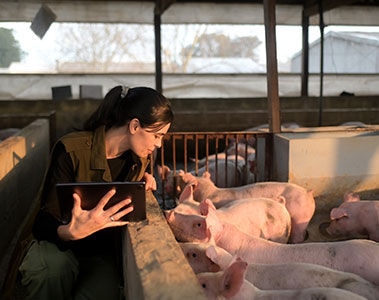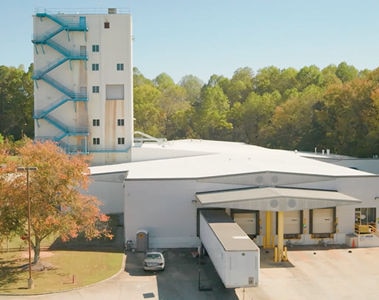
Sow gestational feed programs for optimum development of piglets in-utero
21 Apr 2025
Historically, sow gestation feed has been considered as a ‘maintenance feed’ – formulated to supply a constant supply of nutrients to support sows until farrowing. However, two recent advances, modern genetics and hyper prolificacy, means that a more tailored approach needs to be considered. Optimizing production outcomes in this new environment requires a more tailored approach to diet formulation that better supports the nutritional needs of sows and their developing piglets. This article explores recent developments in the complex science of sow nutrition, how this impacts on piglet growth and development in utero, and what nutritional tools can be used to maximize production outcomes from today’s hyper prolific sows.


